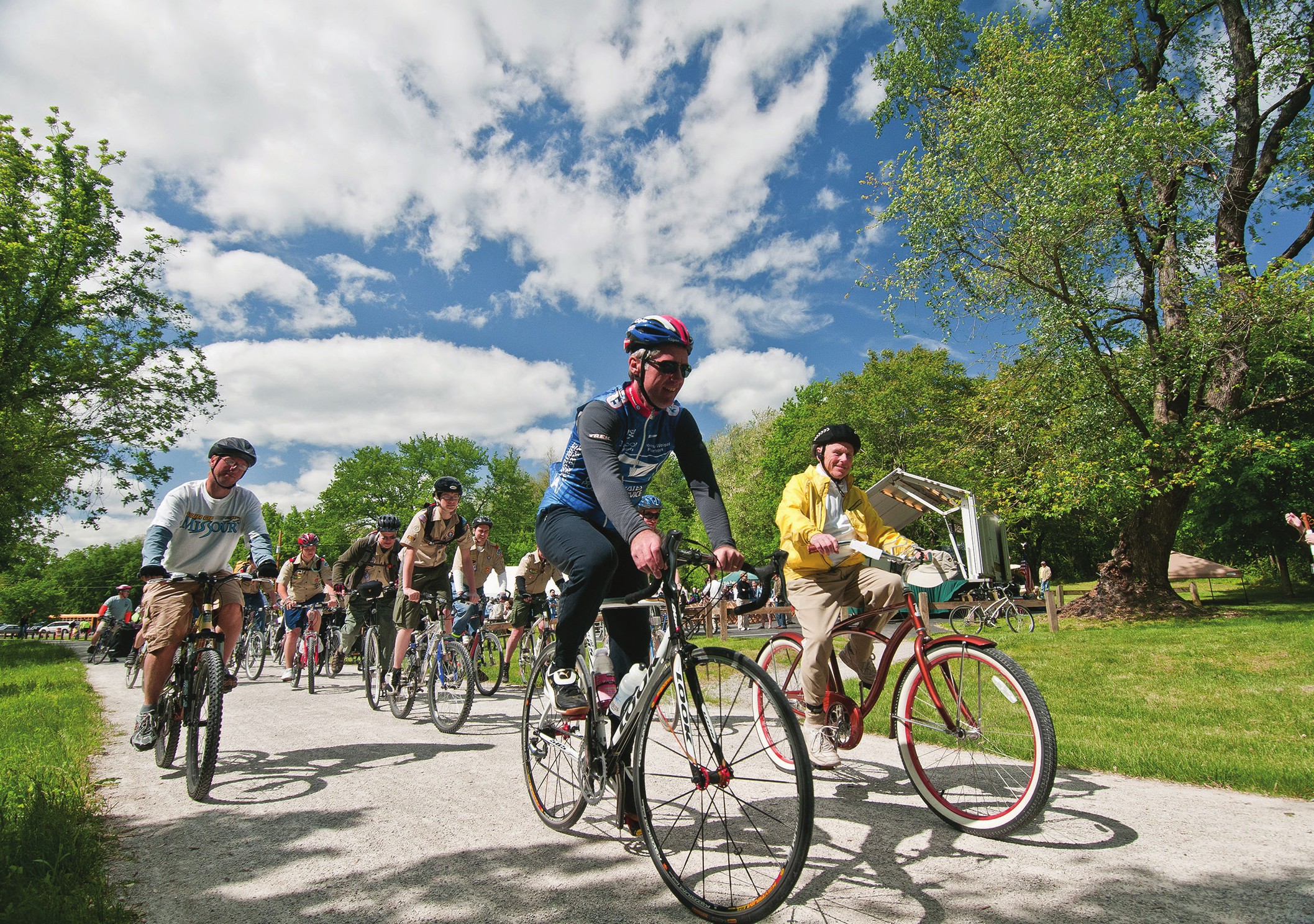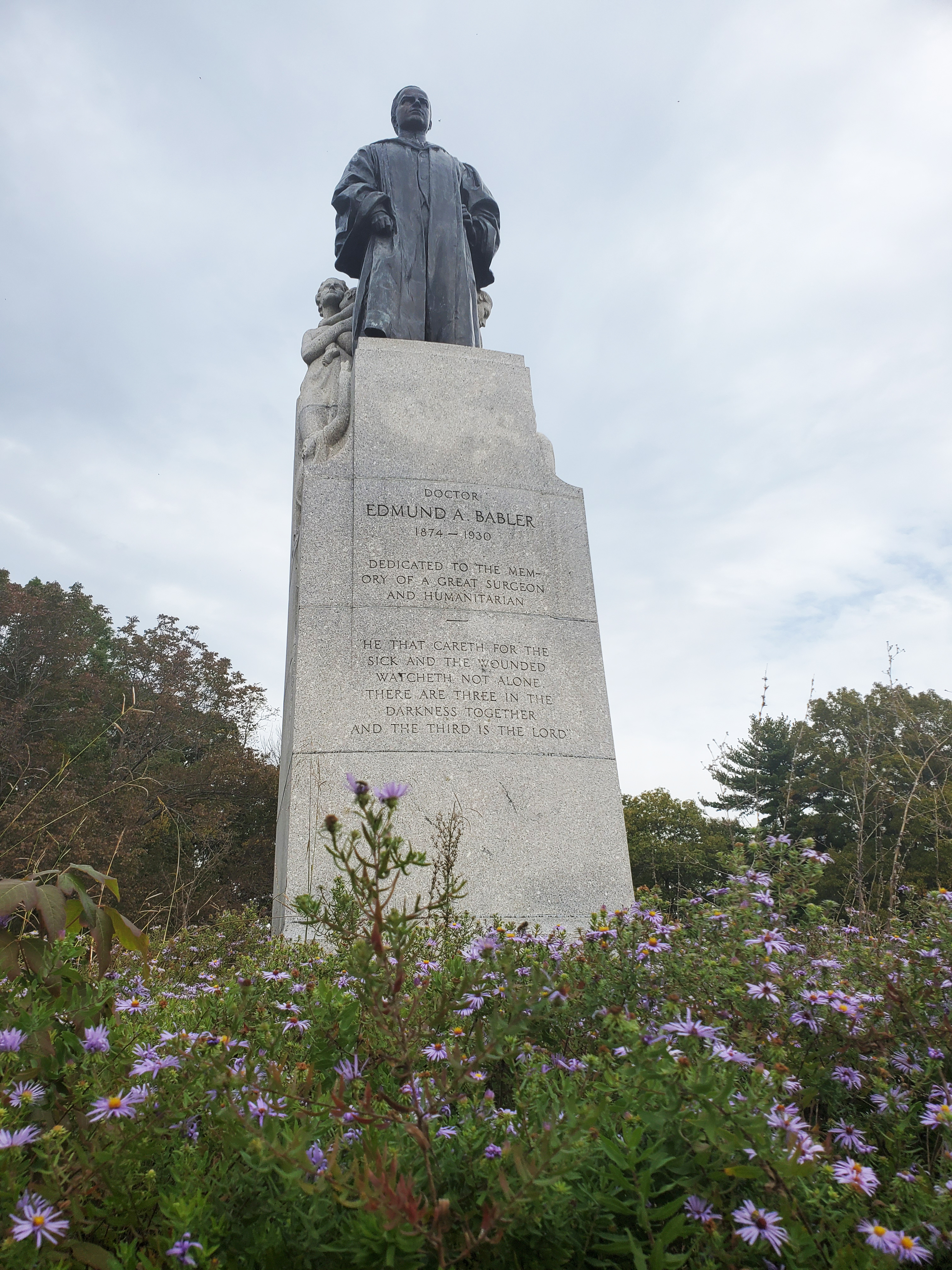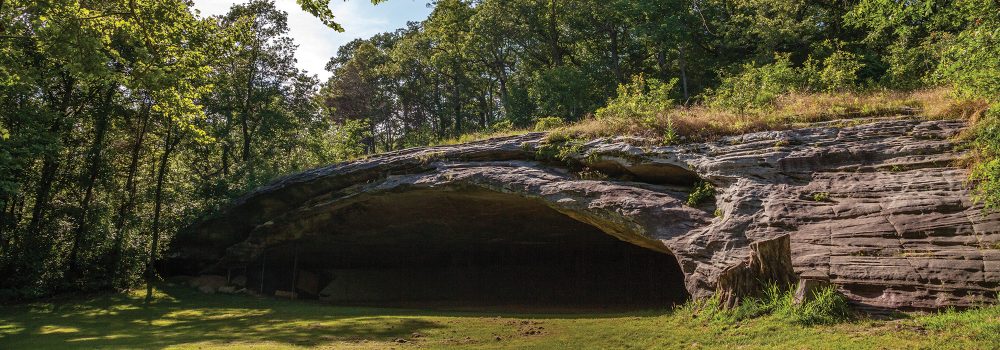Dedicated in 1938, this gem of a state park now sits amid an expanding suburban landscape and is worthy of a visit any time of year. There are twenty-two CCC-era structures to visit, rocky hills to hike, and massive trees to stop and rest under.
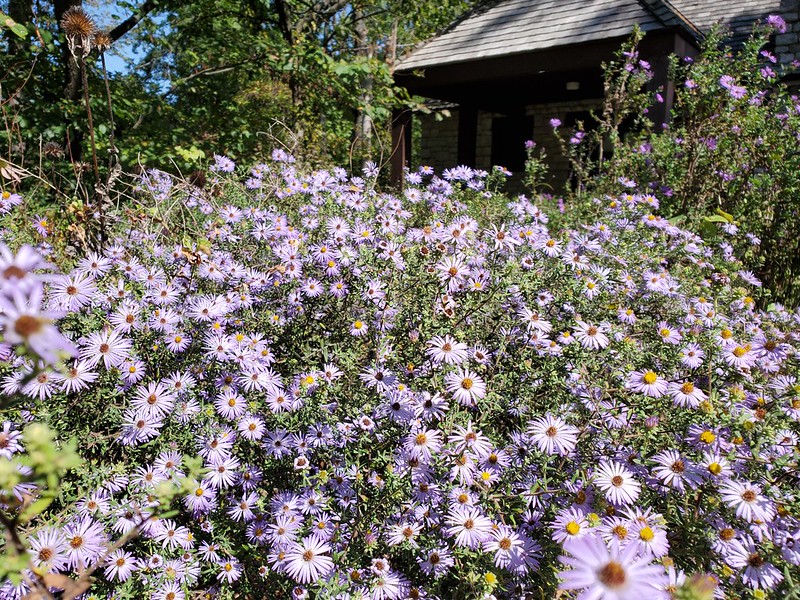
BABLER STATE PARK is special for many reasons: its origin, its funding, its facilities, its rich botanical diversity, and its location in St. Louis County on the fringe of Missouri’s largest metropolitan area. The Dr. Edmund A. Babler Memorial State Park is one of the most heavily visited parks in the system. When it was dedicated in 1938, the park was a long drive into the country. Now, it is an open-space oasis amid a rapidly expanding suburban landscape.
The park was given to the state as a living memorial for St. Louis physician Edmund A. Babler by his two brothers, Jacob and Henry. Their father, Henry J. Babler settled in Eldorado Springs, Missouri, in the 1870s. The family prospered in Missouri, with all three brothers establishing themselves as leaders in St. Louis by the early twentieth century. Edmund had a stroke and caught pneumonia and died at age fifty-four.
Jacob and Henry donated the first tract of 868 acres to the state in 1934 and added nearly 800 acres more within two years. The state has acquired some additional tracts, bringing the total to nearly 2,500 acres.
The mid-1930s were the years of New Deal-sponsored work relief in the parks, and a substantial allocation of labor to develop the park came from the Civilian Conservation Corps (CCC) along with the Works Progress Administration (WPA)—more than for any other park in Missouri. The elaborate twenty-two structures from the CCC era, including the stone lodge, are now part of the Babler historic district on the National Register of Historic Places.
The evidence suggests that Jacob Babler took a decidedly proprietary interest in the park, visiting the CCC crews at work there almost daily, meeting with the park’s designer, commissioning a noted New York sculptor to create a statue of his brother, and traveling to Washington, DC, to discuss plans with National Park Service staff.
The park that Babler built is a fascinating mix of urban and rural. The massive stone gateway, the entry avenue wider than a city boulevard with stone gutters and curbing, the manicured landscaping against a forest backdrop, the life-sized bronze statue of Dr. Edmund Babler—all are evocative of great urban parks.
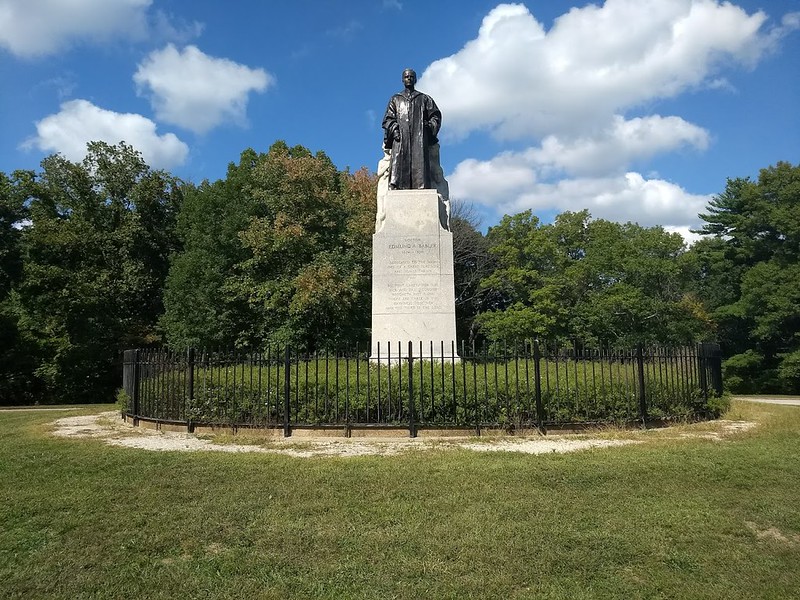
Babler Park reflects the shared vision of St. Louis planners and civic leaders of a great outer loop of parks interconnected by parkways. One of the special distinctions of Babler Park is the Jacob L. Babler Outdoor Education Center, a barrier-free group camp. Park staff also run one-day summer camp experiences called Babler Outdoor Adventure for school-aged children.
The CCC-era stable no longer houses an equestrian concession but instead is used by Rockwood School District as an outpost for Babler Wild, a series of week-long summer camps. An impressive visitor center completed in 1991 houses special exhibits about the natural history of the park.
High quality natural features immediately adjacent to the St. Louis metropolitan area coupled with classic park design and distinctive recreational opportunities make this a true gem of the state park system, thanks to the splendid vision of the Babler brothers.
The park represents a classic Ozark Border landscape: rugged, rocky hills and ridges. Massive oaks and magnificent hawthorn maples grace northern and eastern slopes and ravines.
The park has camping, hiking, biking, and equestrian trails, a picnic area, a playground, orienteering, and a visitors center.
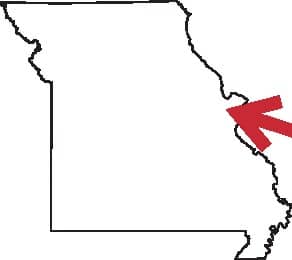
2,441 acres
St. Louis County
Trails
• Dogwood Trail (2 mi)
• Equestrian Trail (6 mi)
• Hawthorn Trail (1.25 mi)
• Paved Bicycle Path (1.75 mi)
• Virginia Day Memorial Nature
Trail (1.5 mi)
• Woodbine Trail (2 mi)
Historic Structures
• CCC stone lodge and other structures
Check out this article on a campfire dinner at Babler State Park.
Related Posts
Get Out and Enjoy the Katy Trail State Park!
What was once the MKT (Missouri-Kansas-Texas) railroad,The Katy Trail State Park has so much to explore on foot, by bike, or on some stretches, horseback. The trail runs 240 miles over 14 counties. Get out and see the state in a whole new way.
A Campfire Dinner at Babler State Park
Matt Crossman loves to take his kids camping at beautiful Babler State Park in Wildwood. On a recent trip, he earned raves from picky eaters with a classic campfire dish. Learn what goes inside (spoiler alert: ANYTHING!) this tasty treat.
Hiking Graham Cave State Park
Head over to Graham Cave State Park to walk in the footsteps of early Missourians.

